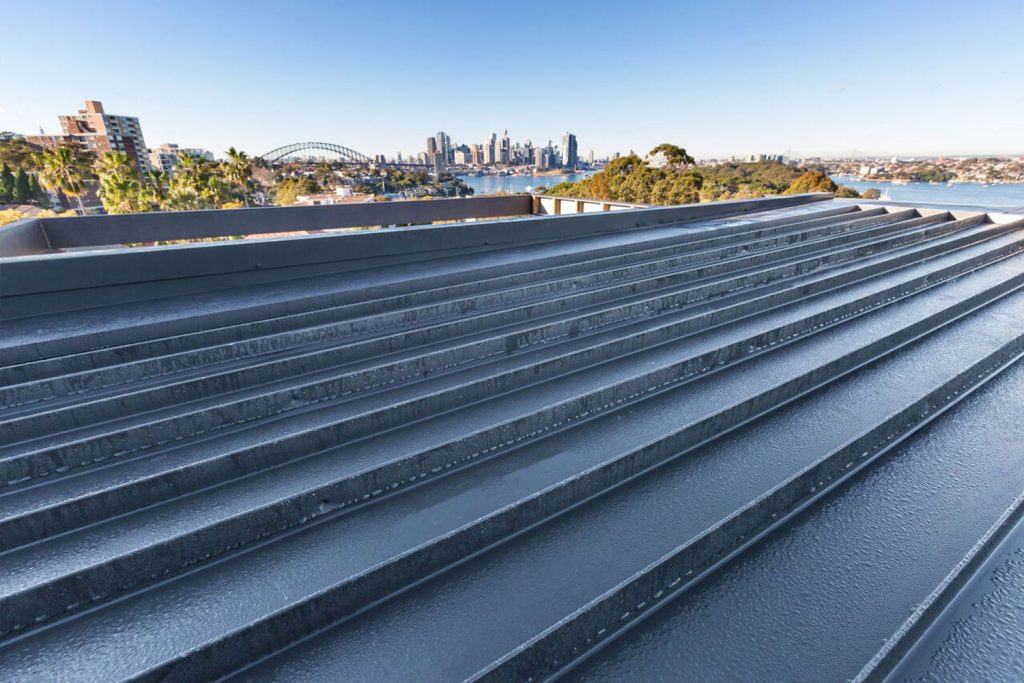1. CORRODED METAL
Like all metal building materials, your gutters can succumb to rust and other forms of corrosion over time. Look for orange or brown spots, holes and uneven edges. Typically, this kind of corrosion requires a professional to replace a section of the gutter.



